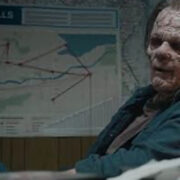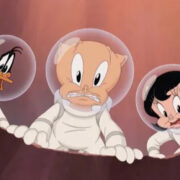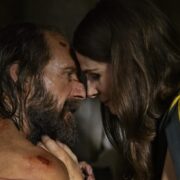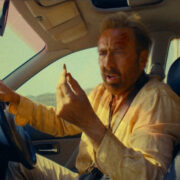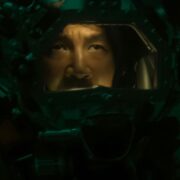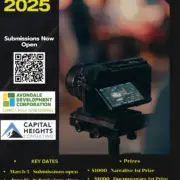TWENTY TWENTY-FOUR: A Call To Action?
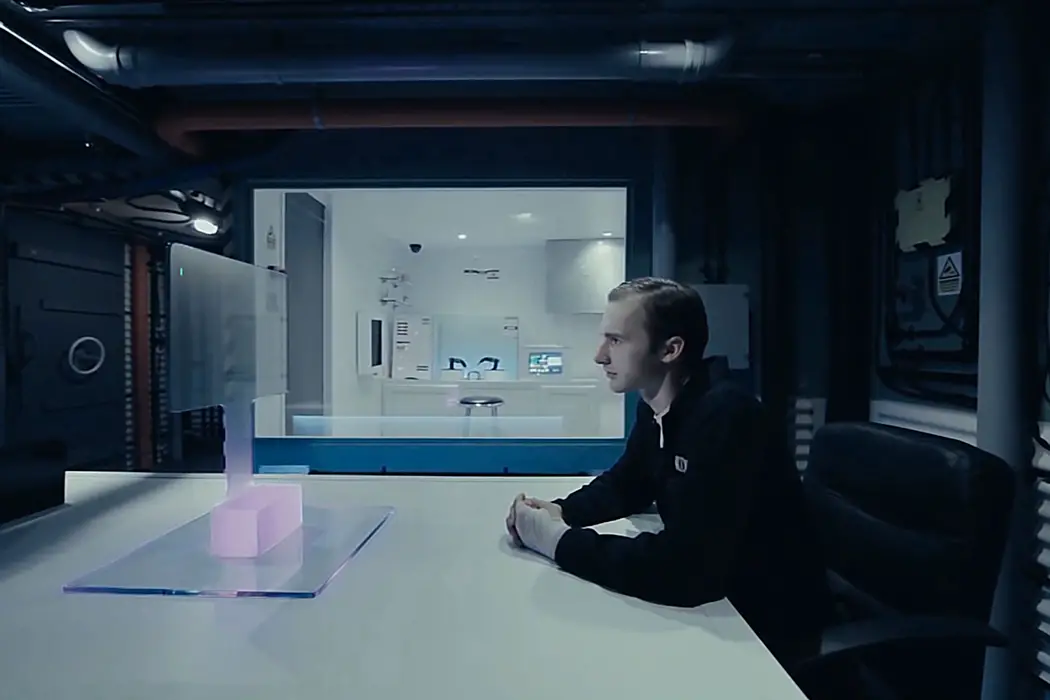
Amyana Bartley is a screenwriter and producer. Her company, Queen…
Why is mankind destined to destroy itself? It’s a question that’s been pondered throughout the ages, yet never truly answered. Storytellers have been foreboding the end of humanity for ages.
Twenty Twenty-Four is an award winning, sci-fi mind scramble written, directed and produced by Richard Mundy. It contemplates yet another potential scenario to our apocalypse: Are we destroying ourselves just because we can?
What’s On Your Mind?
The film starts and ends in an underground nuclear bunker in an ambiguous location. Andrew Kinsler plays Roy, arguably the only living character in the film. Roy is a disenchanted, pessimistic and jaded recluse of a scientist, left in charge of maintaining one of several bunkers meant to save what will be the last of humanity, following a pending nuclear war. Set only a few years in the future, we’re never quite sure how Earth got to such a dire place.
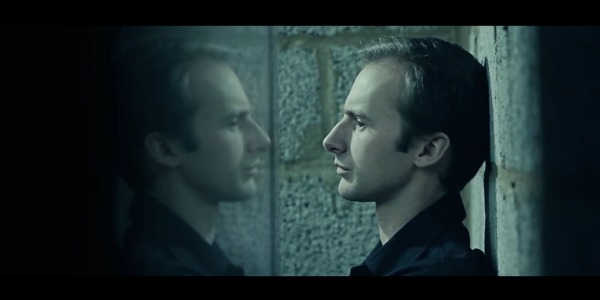
Roy’s only companion is that of the child-like computer program named “Arthur”. Arthur spends much of the beginning alerting Roy to technical issues, relaying announcements and orders from “up top” and driving the film’s dialogue by asking Roy questions. He’s more of a nuisance to Roy, who grows tired of the system and its control over him.
As seen in many other AI/sci-fi stories, Arthur muses to Roy that he believes he may be more than just the “wires and programming” that Roy tells him he is. He talks about the fact that he is “dreaming” at night and is puzzled because he seems to be experiencing scenarios from the past and present at the same time.
While they are busy contemplating life and preparing for impending doom, the nuclear attack, supposedly, happens sooner than expected. Roy is locked in, without being able to complete his original mission.
Is It All In Our Heads?
Twenty Twenty-Four spends a lot of time after the lock in, showing Roy’s descent into madness. My impression is that Roy is truly talking to another part of himself, when talking to Arthur. After all, Arthur, even with all his child-like questions, continues to be the one to placate Roy and be the voice of reason in every situation. Arthur, being a computer, literally is logic and Roy is the emotional, reactive, and instinctual part of humans.
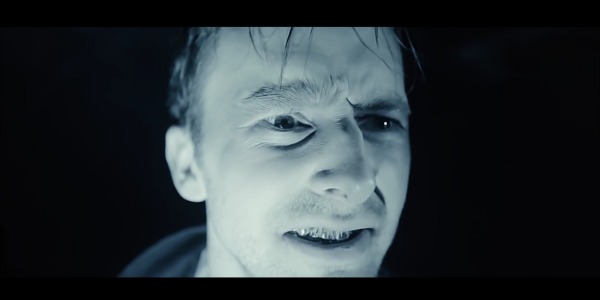
Roy also begins to experience scenarios from both the past and present. He has multiple bizarre dreams about seeing another self, one that is deranged and monstrous, haunting and pursuing him around the locked bunker. We’re never quite sure if he is living a dream, or dreaming a life.
With Arthur and Roy experiencing the same phenomena, is what we see simply Roy trying to make sense of the incomprehensible? He and the audience start to question the reality of not only the place, but the entire situation.
The Tech
As an indie, the quality of Twenty Twenty-Four tips over to mainstream. The cinematography (Nick Barker), is stand-out, moving and shaking along with Roy, creating dynamite tension. Coupled with the editing (Mundy) and lighting, you really feel part of Roy’s experience. Kinsler is remarkable at playing Roy and even during slower times, the film never drags. He and the writing keep us interested in what will happen next.
Yet, with this grand visual descent into madness, so much is still left unanswered. Why did the filmmaker think this particular story was important for us to see? Is Mundy calling his audience to some sort of action before disaster befalls us all?

We are told Roy wants to make a difference, but how? His chronic cynicism and negativity is never challenged in the story. Is the “monster” chasing him around the bunker a metaphor for the person he has become? Through all the extraordinary circumstances, how is it possible for his character not to be radically transformed?
Though clearly a nod to other ambiguously-ended films, in order to carry its message further, this story needed more answers. I found it frustrating to go through such an intense ride, only to be dropped off with no conclusion whatsoever. There was so much potential and depth explored early on that could have resulted in any number of mind-blowing endings. The story promises so much, then, disappointingly, doesn’t deliver.
How did you feel at the end of Twenty Twenty-Four?
Twenty Twenty-Four was released at the British Independent Film Festival in May 2016.
Does content like this matter to you?
Become a Member and support film journalism. Unlock access to all of Film Inquiry`s great articles. Join a community of like-minded readers who are passionate about cinema - get access to our private members Network, give back to independent filmmakers, and more.
Amyana Bartley is a screenwriter and producer. Her company, Queen B. Productions, supports filmmakers of all walks, interested in creating thought provoking, moving projects. As her company grows, she will create "real jobs" for any talented artist, in front of and behind the screen, who is passionate about making a difference using the art of film.


